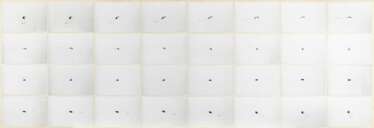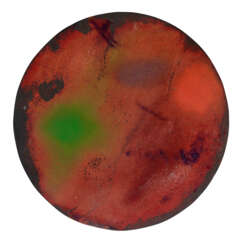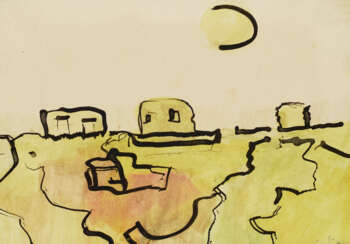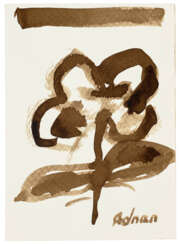2021

Tschang-Yeul Kim is a South Korean abstraction artist, one of the most famous figures in the history of modern Korean art.
He lived most of his life in Paris, France, where he developed his own unique style of painting. Tschang-Yeul Kim painted paintings with a variety of water droplets that appear to protrude from the canvases as if the canvas were "crying," but are in fact optical illusions.


Hartmut Böhm was a German object artist.


Arik Brauer was an Austrian painter, printmaker, poet, dancer, singer-songwriter, stage designer, architect, and academic teacher.
Brauer, from a family of Jewish emigrants, grew up in Vienna under the Nazi regime.


Arik Brauer was an Austrian painter, printmaker, poet, dancer, singer-songwriter, stage designer, architect, and academic teacher.
Brauer, from a family of Jewish emigrants, grew up in Vienna under the Nazi regime.

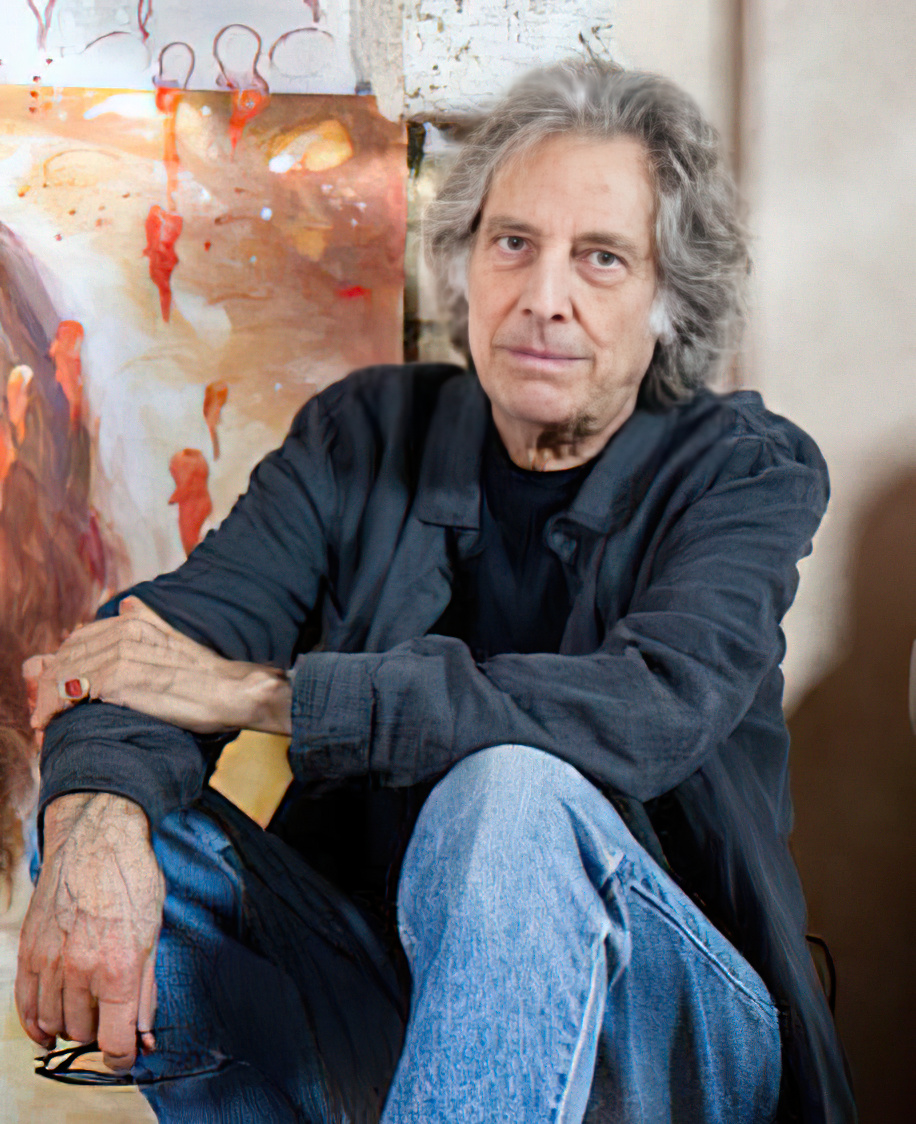


Tschang-Yeul Kim is a South Korean abstraction artist, one of the most famous figures in the history of modern Korean art.
He lived most of his life in Paris, France, where he developed his own unique style of painting. Tschang-Yeul Kim painted paintings with a variety of water droplets that appear to protrude from the canvases as if the canvas were "crying," but are in fact optical illusions.


Lorna Selim was an English artist and art teacher, who married prominent Iraqi sculptor Jewad Selim, relocating to Baghdad with him in 1950. She was a practising artist for much of her life up until her death. Selim contributed to the arts community in Iraq through her exhibitions, teaching and active participation in arts groups for twenty years. After her husband's premature death in 1961, she was part of the team responsible for completing his iconic monumental work, entitled Nasb al-Hurriyah. She was a capable and influential artist. She is consistently listed as an Iraqi artist from the pioneer generation.


Lorna Selim was an English artist and art teacher, who married prominent Iraqi sculptor Jewad Selim, relocating to Baghdad with him in 1950. She was a practising artist for much of her life up until her death. Selim contributed to the arts community in Iraq through her exhibitions, teaching and active participation in arts groups for twenty years. After her husband's premature death in 1961, she was part of the team responsible for completing his iconic monumental work, entitled Nasb al-Hurriyah. She was a capable and influential artist. She is consistently listed as an Iraqi artist from the pioneer generation.


Christian Liberté Boltanski was a French sculptor, photographer, painter, and film maker. He is best known for his photography installations and contemporary French conceptual style.




Franz Christian Gundlach was a German photographer, gallery owner, collector, curator and founder.

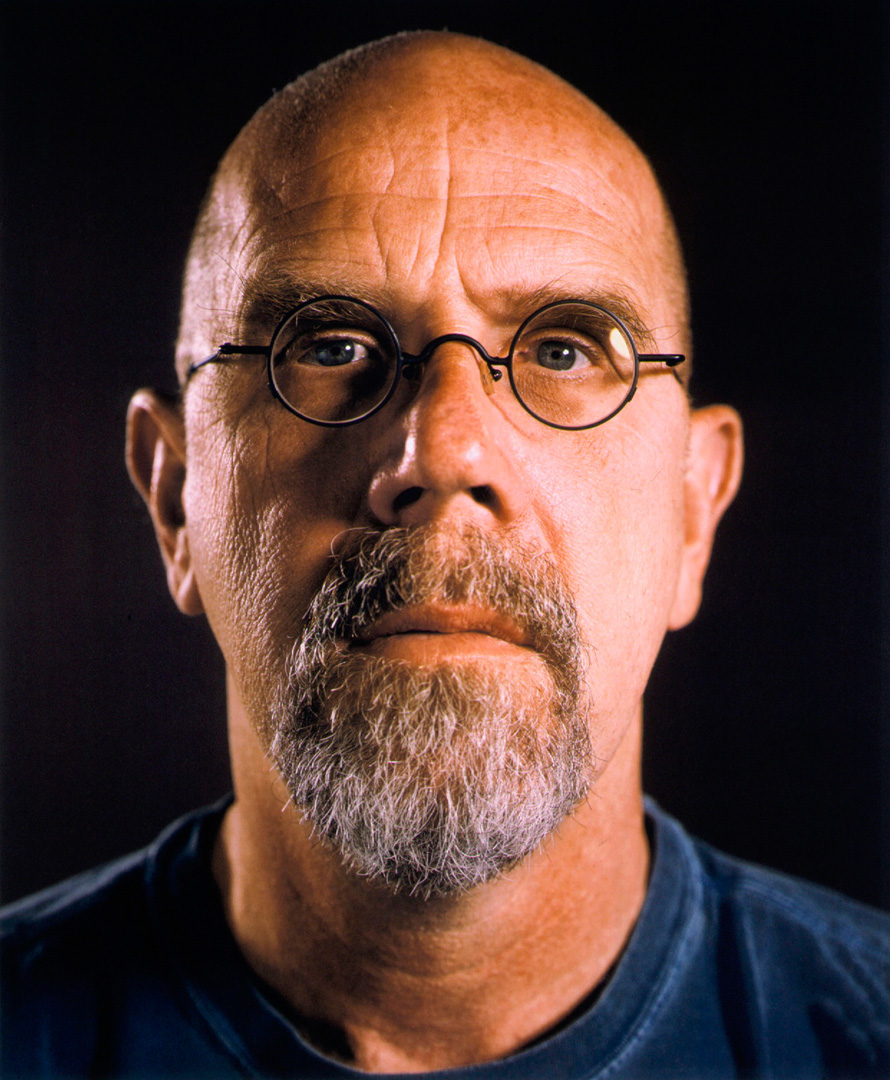
Chuck Close (real name Charles Thomas Close) was an American painter and one of the best-known photorealists in the USA.


Lawrence Charles Weiner was an American conceptual artist, known for his text-based installations and radical definitions of art. Born on February 10, 1942, in the Bronx, New York, and passing away on December 2, 2021, Weiner played a pivotal role in the development of the conceptual art movement of the 1960s. Growing up in the South Bronx and dropping out of college in his first year, he traveled across North America, undertaking various jobs and beginning to create paintings. His early work, "Cratering Pieces" (1960), marked a departure from traditional art forms, involving unauthorized explosive experiments in a California state park, the results of which he declared as sculptures. This act of anti-establishment creativity laid the foundation for his career in challenging conventional art norms.
In 1964, Weiner began exhibiting at the Seth Siegelaub Contemporary Art Gallery in New York City. His work "Hay, Mesh, String" (1968), installed at Windham College in Vermont, exemplified his minimalist approach, consisting of stakes connected by twine to form a rectangle, further emphasizing his exploration of space and the conceptual over the physical.
Weiner's artworks, characterized by the use of language as the primary medium, invite viewers to engage with art from a new perspective, challenging traditional notions of materiality and creation. His contributions to the art world have secured his place as a key figure in collections and exhibitions globally, including prestigious museums and galleries.
For collectors and experts in art and antiques, studying Weiner's work provides deep insights into the conceptual art movement and its ongoing relevance in contemporary culture. His radical approaches and emphasis on concept over physical creation continue to stimulate discussion and reflection within the art community.
To stay informed about new sales offerings and auction events related to Lawrence Weiner, we invite you to sign up for our updates. These subscriptions are designed to keep you informed exclusively about relevant events and opportunities that could enrich your interest and collection.


Christian Liberté Boltanski was a French sculptor, photographer, painter, and film maker. He is best known for his photography installations and contemporary French conceptual style.


Lawrence Charles Weiner was an American conceptual artist, known for his text-based installations and radical definitions of art. Born on February 10, 1942, in the Bronx, New York, and passing away on December 2, 2021, Weiner played a pivotal role in the development of the conceptual art movement of the 1960s. Growing up in the South Bronx and dropping out of college in his first year, he traveled across North America, undertaking various jobs and beginning to create paintings. His early work, "Cratering Pieces" (1960), marked a departure from traditional art forms, involving unauthorized explosive experiments in a California state park, the results of which he declared as sculptures. This act of anti-establishment creativity laid the foundation for his career in challenging conventional art norms.
In 1964, Weiner began exhibiting at the Seth Siegelaub Contemporary Art Gallery in New York City. His work "Hay, Mesh, String" (1968), installed at Windham College in Vermont, exemplified his minimalist approach, consisting of stakes connected by twine to form a rectangle, further emphasizing his exploration of space and the conceptual over the physical.
Weiner's artworks, characterized by the use of language as the primary medium, invite viewers to engage with art from a new perspective, challenging traditional notions of materiality and creation. His contributions to the art world have secured his place as a key figure in collections and exhibitions globally, including prestigious museums and galleries.
For collectors and experts in art and antiques, studying Weiner's work provides deep insights into the conceptual art movement and its ongoing relevance in contemporary culture. His radical approaches and emphasis on concept over physical creation continue to stimulate discussion and reflection within the art community.
To stay informed about new sales offerings and auction events related to Lawrence Weiner, we invite you to sign up for our updates. These subscriptions are designed to keep you informed exclusively about relevant events and opportunities that could enrich your interest and collection.





































